-
Compteur de contenus
9 536 -
Inscription
-
Dernière visite
-
Jours gagnés
31 -
Last Connexion
Soon available - 78520
Messages posté(e)s par jackbauer 2
-
-
L'hypothèse de la planète 9 a du plomb dans l'aile… C'est le sens de l'article mis en ligne sur le site de C&E (accès payant)
Si elle existait elle exercerait une influence sur d'autres objets, y compris Saturne, ce qui n'est pas vérifié en analysant les données de la sonde Cassini...
-
1
-
-
-
-
Un petit topo de C&E sur ce nouvel objet à 140 U.A
-
Envoyer une mission vers Uranus ou Neptune n'est pas une mince affaire, surtout s'il faut placer la sonde en orbite...
Quelque extraits du rapport de la NASA (lien avec mon message posté plus haut)
Dans le meilleur des cas une mission n'arrivera à destination que dans les années 2040... Qui sera encore en vie ici ??

The study finds that launches to an ice giant are possible any year within the study timeframe, but there are significant variations in performance and available science targets. The availability of Jupiter gravity assist maximizes delivered mass to an ice giant resulting in preferential launch windows for Uranus missions in the 2030–2034 timeframe and a corresponding window of 2029–2030 for Neptune. In these favorable periods chemical trajectoires could deliver ample mass for the Uranus missions studied in an 11-year flight time, using a launch performance capability similar to the Atlas V 551. Neptune trajectories utilizing solar electric propulsion (SEP) can deliver a similar mass to Neptune orbit in 13 years using launch performance capability similar to the Delta IVH. There are no all-chemical trajectories to Neptune, even using a Delta IVH, that yield a mission duration less than 15 years, a design target chosen to be consistent with Radioisotope Power System (RPS) design life and mission reliability. Significant science can be done during gravity assists at a gas giant, particularly if a Doppler Imager-type instrument is on board. If a Saturn flyby is preferred over the Jupiter gravity assist, only trajectories to Uranus are available in the time period studied, and launch must occur before mid-2028.
The use of SEP for inner solar system thrusting has the potential to significantly reduce flight times to Uranus and/or increase delivered mass. A variety of trajectories to Uranus and Neptune were evaluated considering a range of SEP power levels, assuming inclusion of an additional SEP flight element (referred to as a SEP stage). The SEP stage would carry solar arrays and ion thrusters and would be used in the inner solar system as far out as 6 AU, at which point solar power is insufficient to provide additional thrusting and the SEP stage would be jettisoned. SEPenhanced mission concept designs also see a slight preference in launch dates corresponding to availability of Jupiter gravity assists, but well-performing trajectories are possible in any year of the period studied. Early A-Team studies suggested low-mass SEP stages are possible which would provide significant performance enhancements at both Uranus and Neptune. The more detailed Team X design suggested much higher masses, negating the usefulness of SEP to Uranus. It may be valuable to perform a detailed assessment of an optimized SEP stage design for outer planet missions to confirm the optimal uses of SEP.-
1
-
 1
1
-
-
https://www.asteroidmission.org/mapcam-north-pole-20190220/
La meilleure photo depuis que la sonde est arrivée :
-
2
-
-

Document passionnant signé par Konstantin Batygin, Fred C. Adams, Michael E. Brown, and Juliette C. Becker
92 pages, faut avoir le temps pour potasser...
-
Il y a 20 heures, BobMarsian a dit :"The SOPHIE search for northern extrasolar planets. XIV. A temperate (Teq ~ 300 K) super-earth around the nearby star Gliese 411"
Rodrigo Díaz et al. - https://arxiv.org/abs/1902.06004 (15 fév. 2019)Notre voisinage commence à bien se peupler en exoplanètes :
-
1
-
1
-
 1
1
-
-
-
-
Un fil avait été ouvert lorsque la NASA a mis en ligne des études sur différentes possibilités sur une éventuelle mission vers une (ou deux) de ces planètes...
-
1
-
-
Apparemment, S. Sheppard & Co auraient dans leur carton un objet encore plus lointain que "FarOurt" annoncé en décembre dernier (distance estimée à 120 U.A)
"FarFarOut" (!) serait lui distant de 140 U.A
Mais d'annonce officielle pour l'instant...
-
1
-
-
Comparaison entre la photo publiée le 24 janvier (MVIC et traitement par déconvolution) et celle d'hier
Amélioration d'un facteur 4 dixit JL D ?
Enfin ce qui apparait clairement c'est que ce sont des centaines de cratères qui apparaissent, pas des dizaines comme sur la première
Huitzy j'ai mal pour toi…

-
2
-
-
-
Voila :

https://www.nasa.gov/feature/new-horizons-spacecraft-returns-its-sharpest-views-of-ultima-thule
33m/pixel (6 minutes et demi avant le survol)
(le gain de résolution par rapport à la version précédente n'est pas très spectaculaire, à mon humble avis...)
-
7
-
-
Pendant ce temps, Virgin Galactic marque des points :
"...Tourism venture Virgin Galactic sent its spaceplane into space for the second time this morning, qualifying all three people on the flight for their commercial astronaut wings. One of those riders was Virgin Galactic’s first test passenger, Beth Moses, the chief astronaut instructor at Virgin Galactic, who flew along with the vehicle’s two pilots. She’s also Virgin Galactic’s first female flyer.
Virgin Galactic’s spaceplane, the VSS Unity, is designed to take passengers to the edge of space where they can experience a few minutes of weightlessness. But up until the end of last year, the vehicle had yet to breach Earth’s atmosphere. That changed in December when Virgin Galactic made history by sending VSS Unity to a height of 51.4 miles (82.7 kilometers), an altitude that many (but not all) consider to be the start of space. For those who adhere to that definition, it was the first time that people had launched to space from the US since 2011. As a result, the two pilots of the December flight received astronaut wings from the Federal Aviation Administration in early February..."
-
1
-
-
Un article sur le site de C&E
https://www.cieletespace.fr/actualites/israel-s-envole-vers-la-lune
Israël s'envole vers la Lune
-
Du nouveau aujourd'hui (ou demain) ?
-
Un article sur le site de C&E avec une superbe photo :
"...Une image du sol de Ryugu prise immédiatement après la collecte d'échantillons. Les traces noires au sol sont dues aux poussières déplacées
par les gaz des propulseurs qui ont permis à Hayabusa2 de s'éloigner une fois l'opération réussie. On remarque, en noir foncé, que certaines
de ces poussières se sont collées à l'objectif de la caméra. La présence d'un nouveau cratère d'impact n'est pas encore confirnée…"-
4
-
-
Beresheet correctement lancé cette nuit (ainsi que les deux autres satellites) par une Falcon 9
le 1er étage à été récupéré comme d'habitude
-
Télémétrie reçue : H2 est toujours en vie
En espérant qu'un échantillon est bien à bord de la sonde, l'opération est un succès !
-
1
-
-
-
-



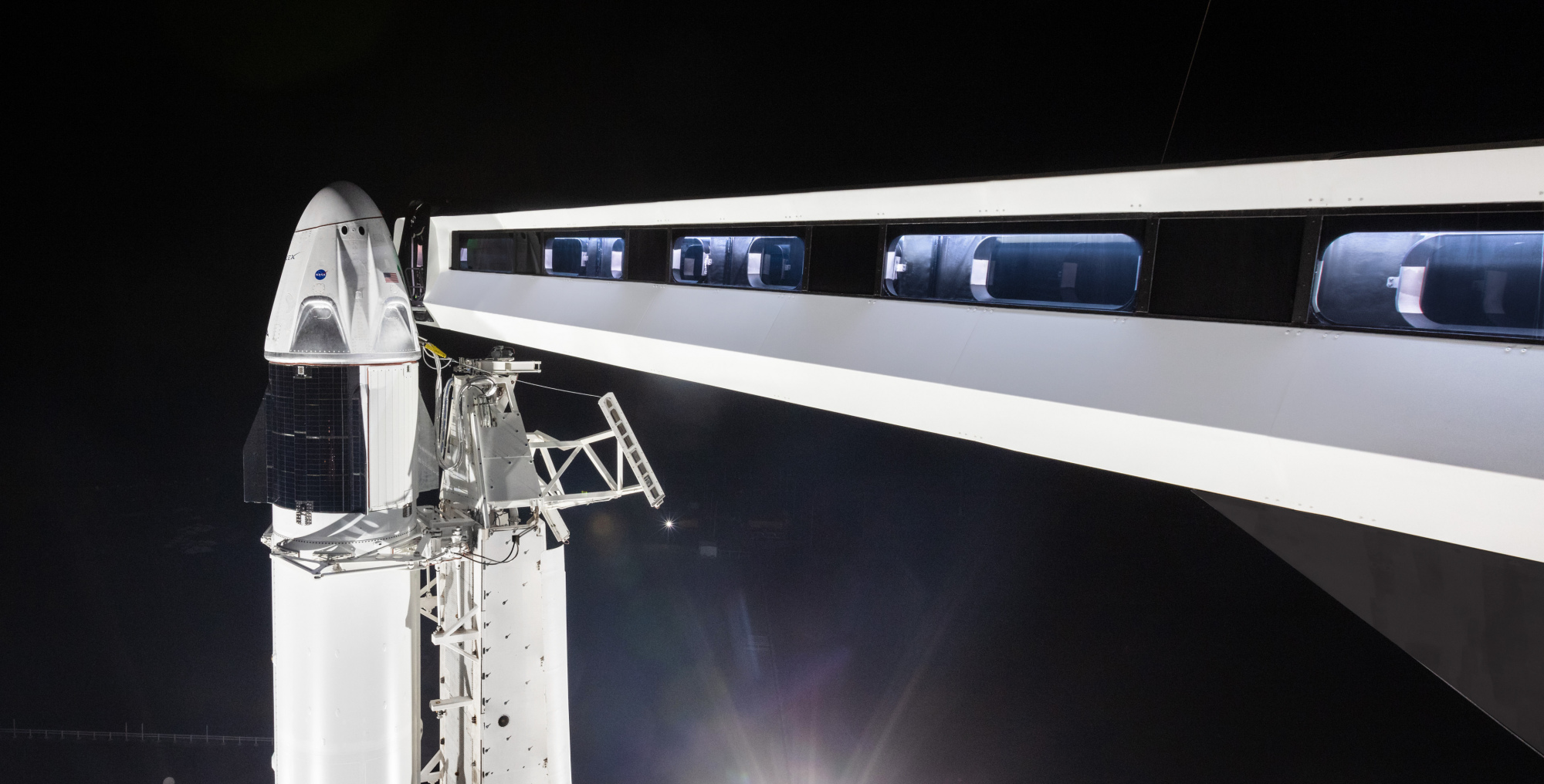
.thumb.jpg.037bc0d52357b3424325dc5c5d07f590.jpg)
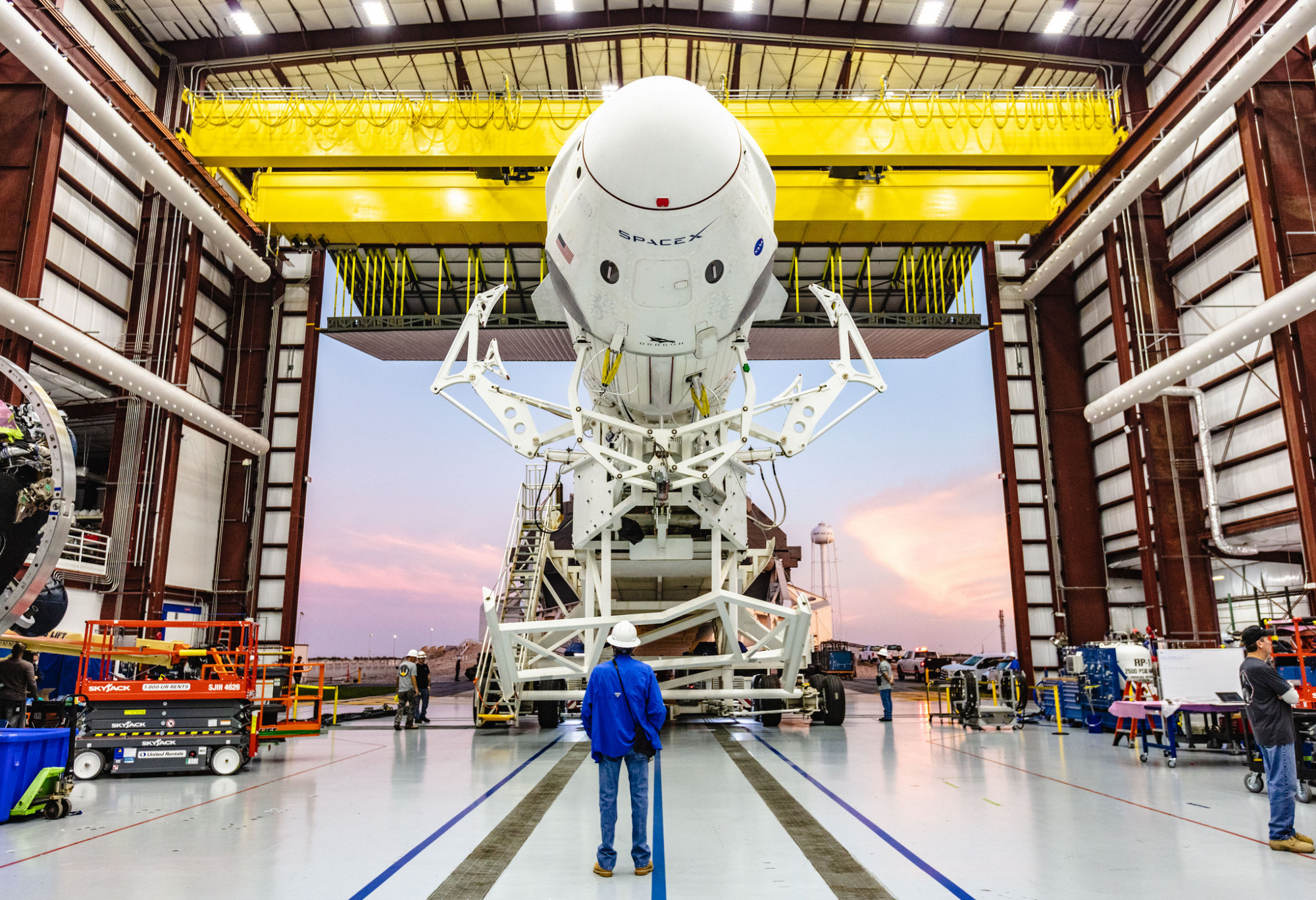
.thumb.jpg.bd943ef993c73ea410df4c642efdd4a8.jpg)
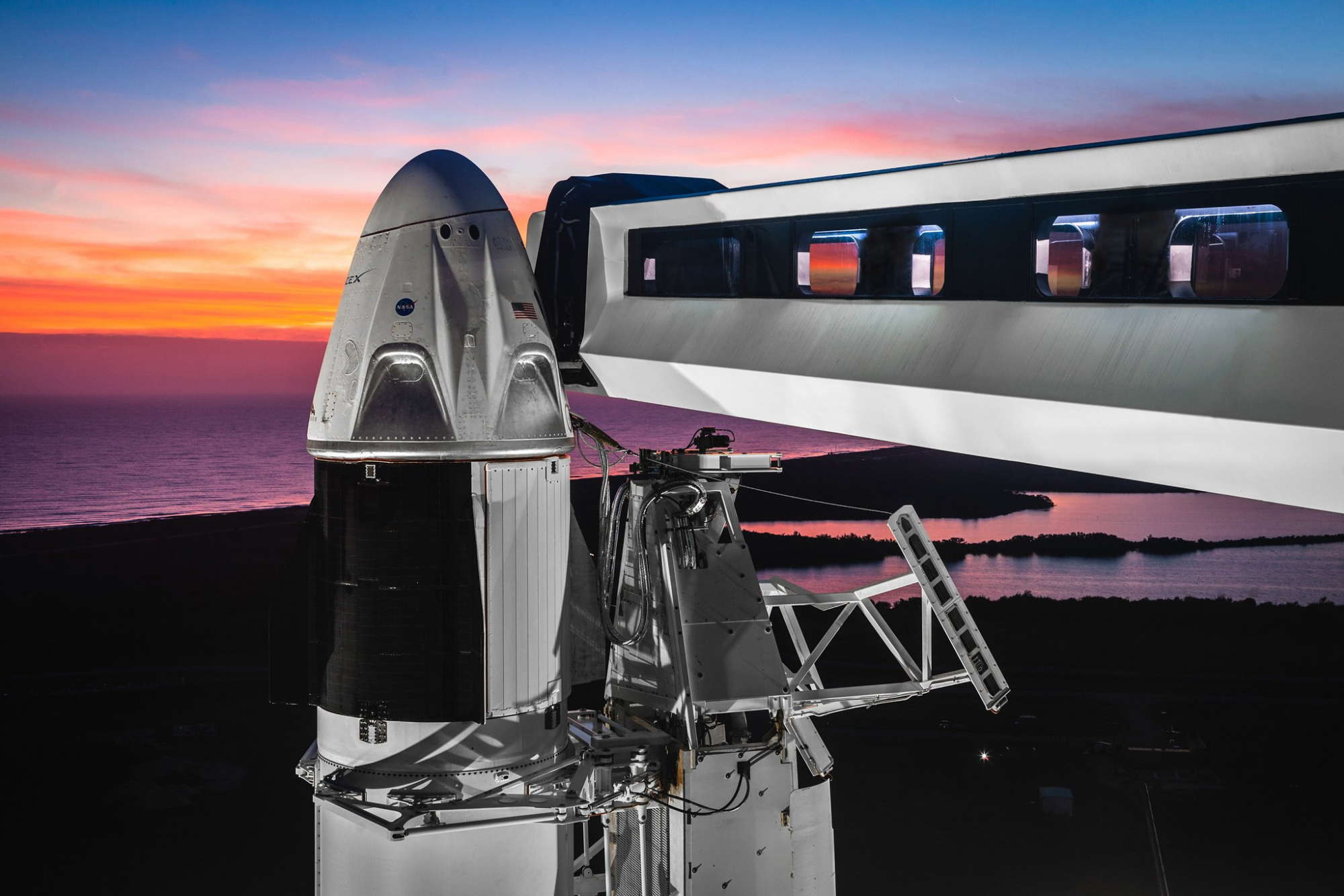
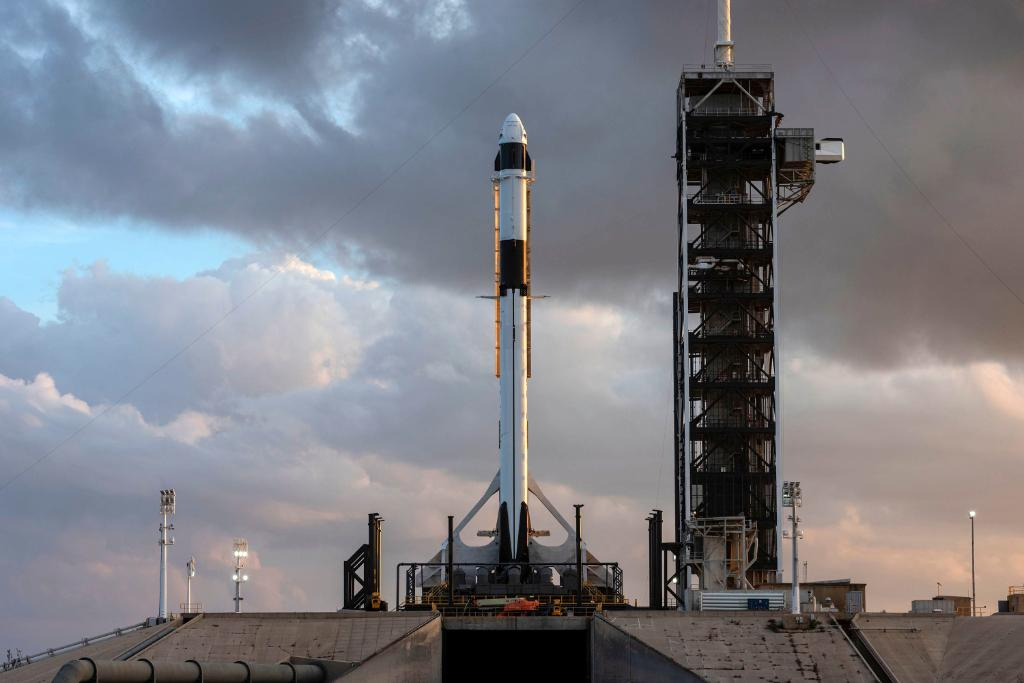

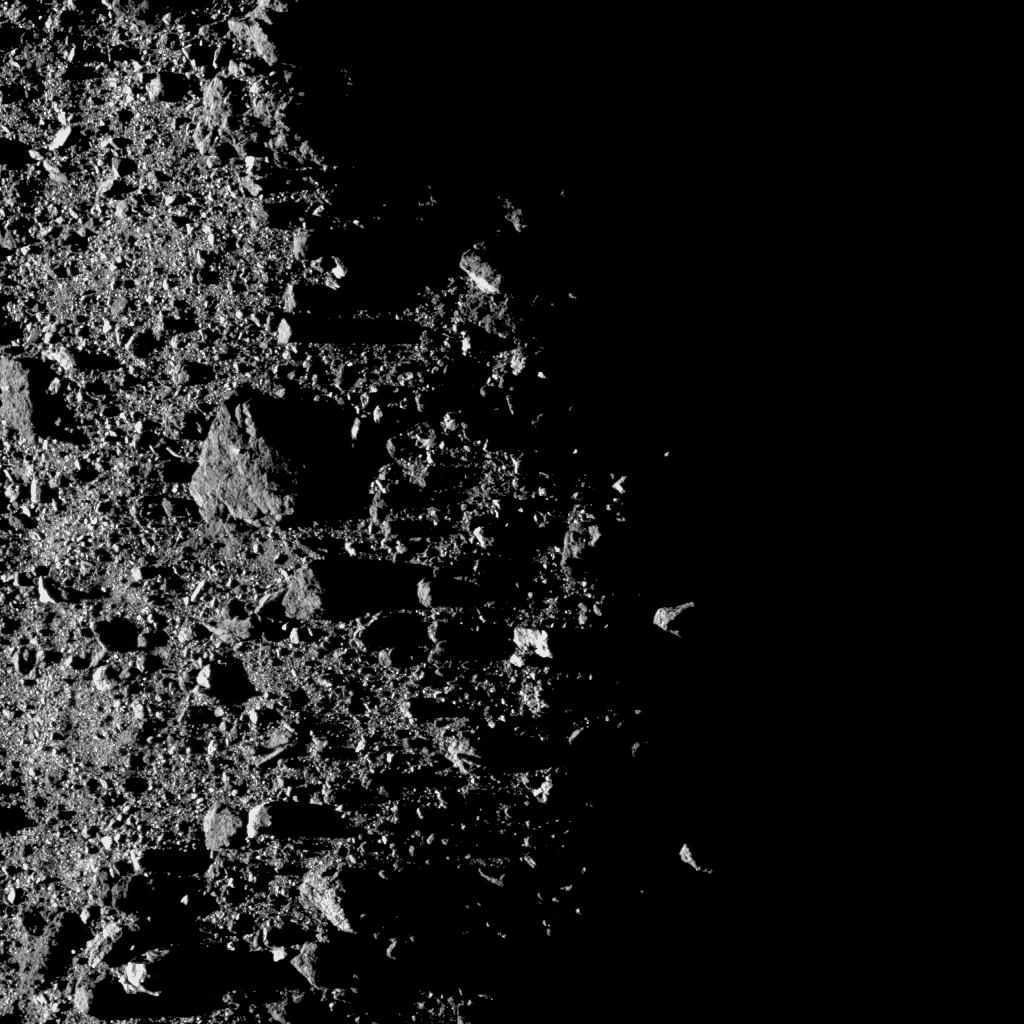
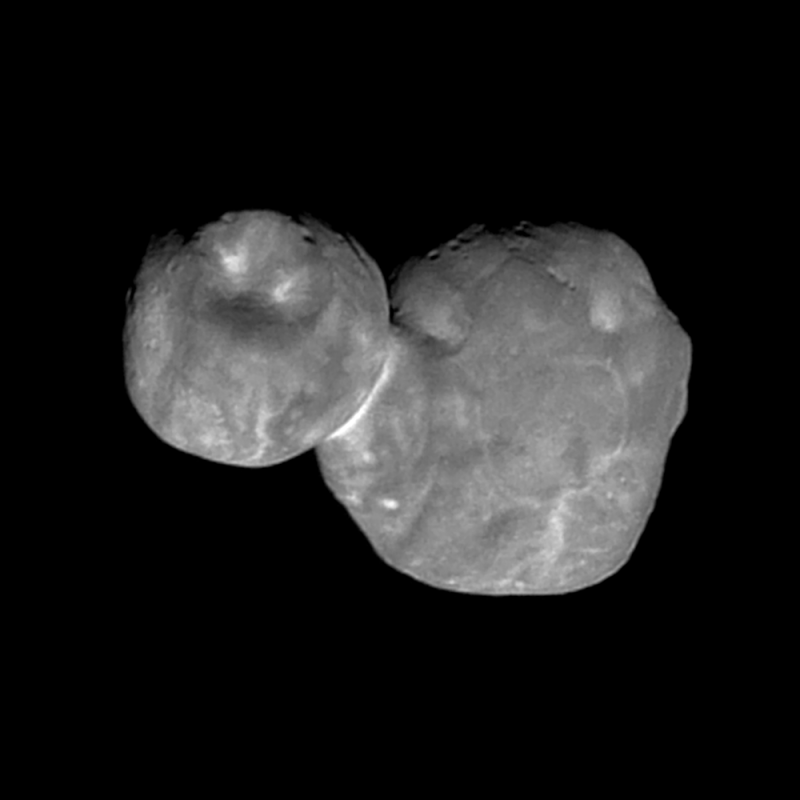
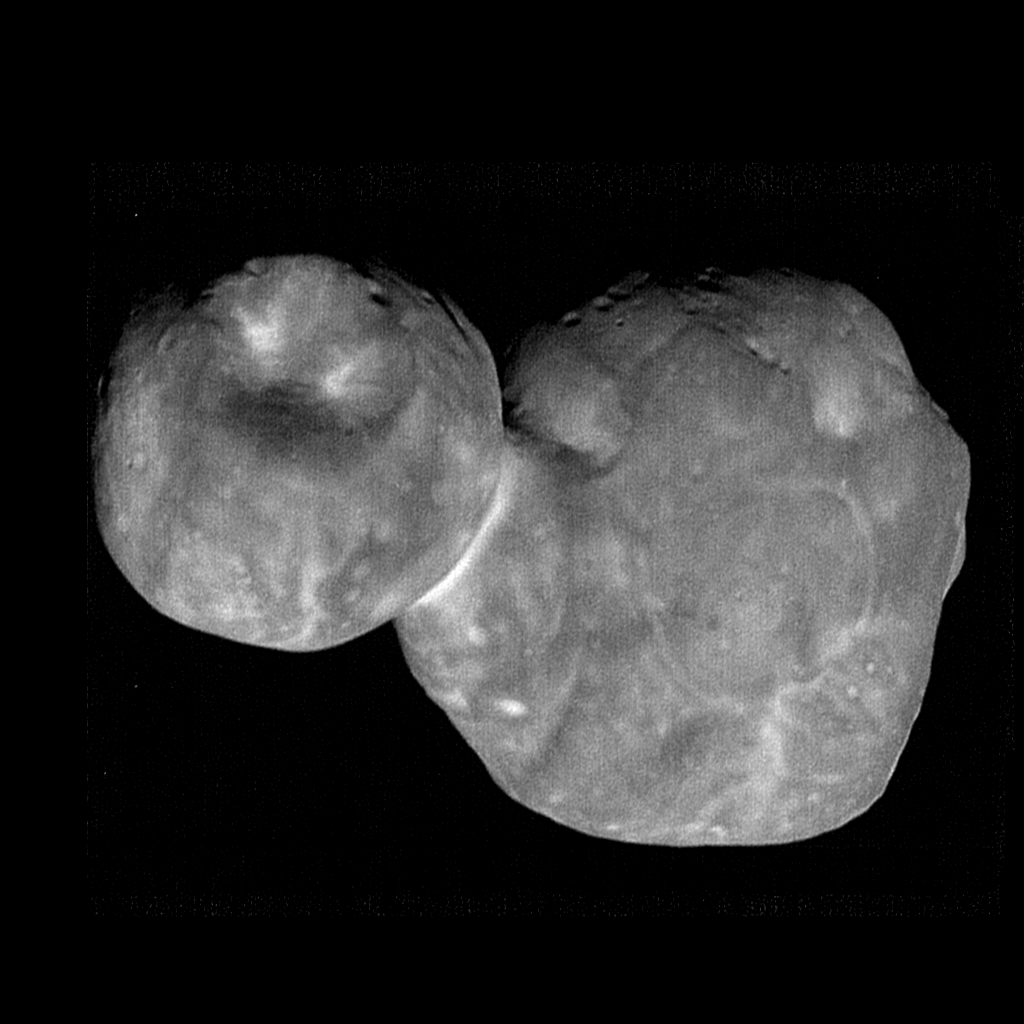
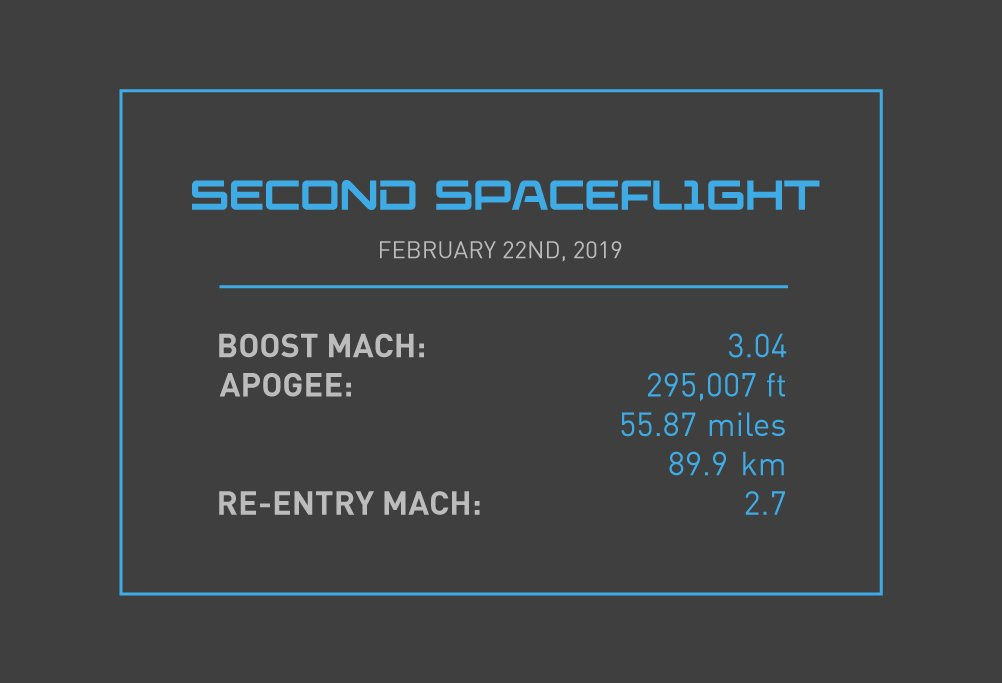
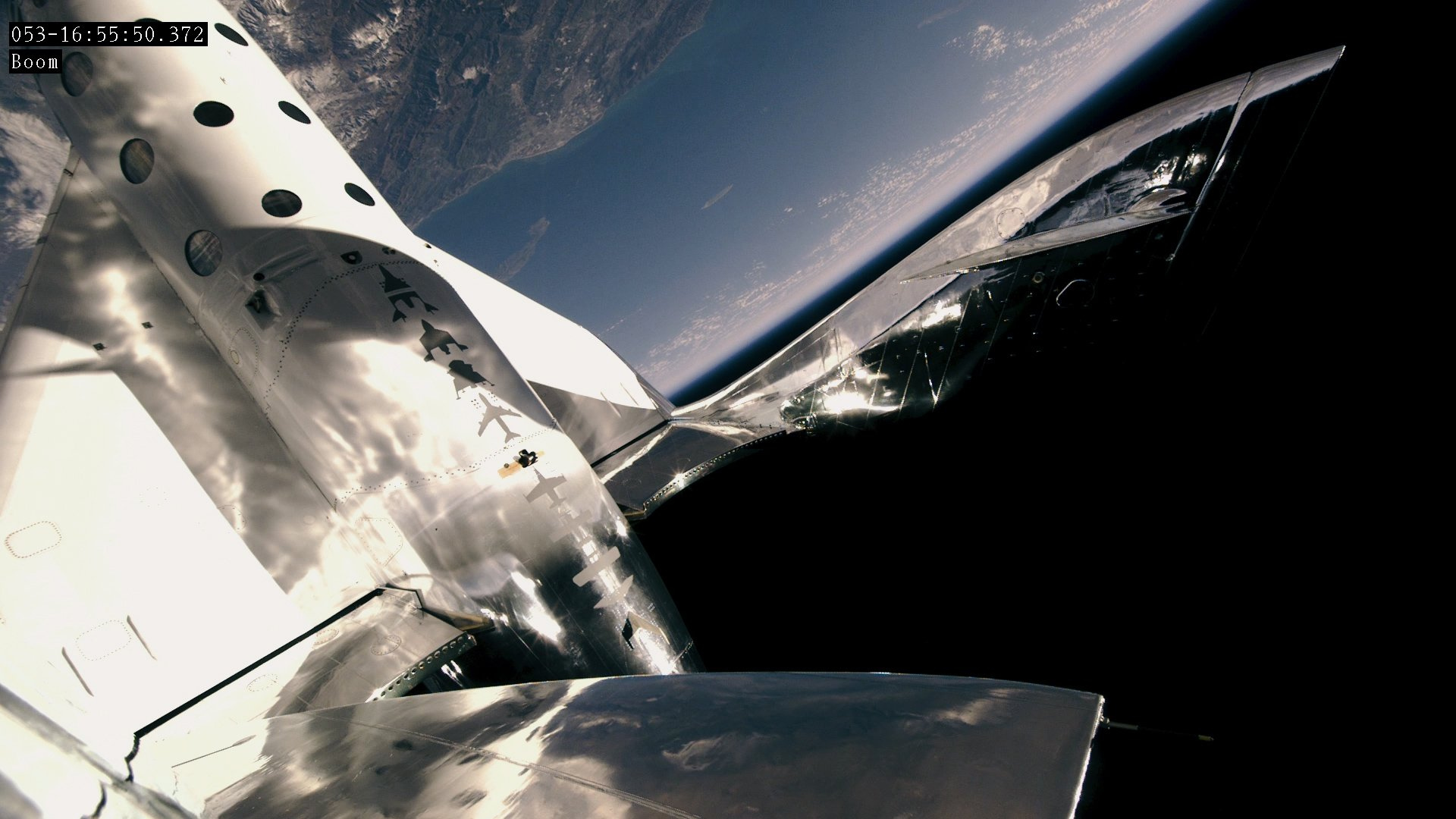
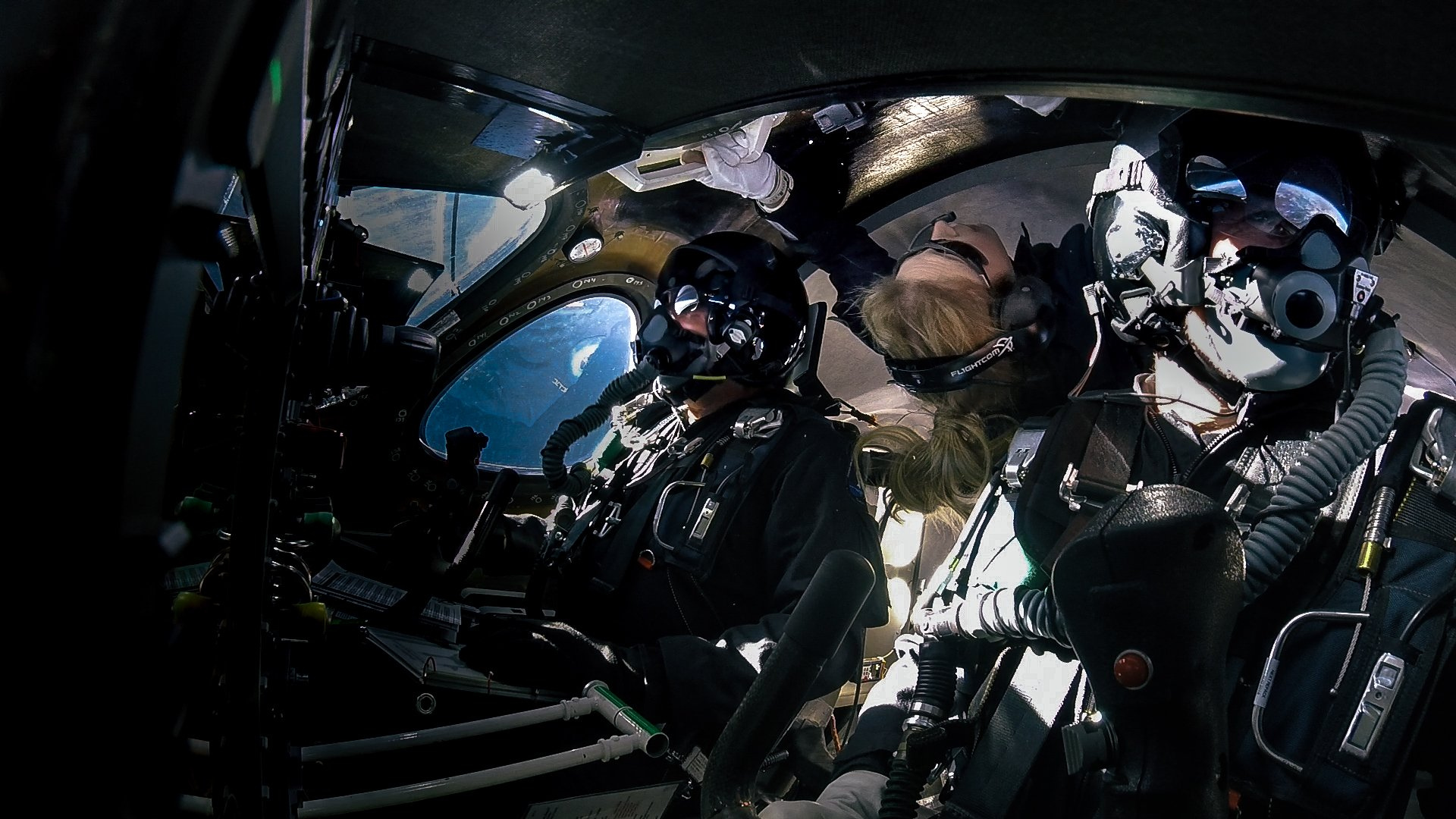
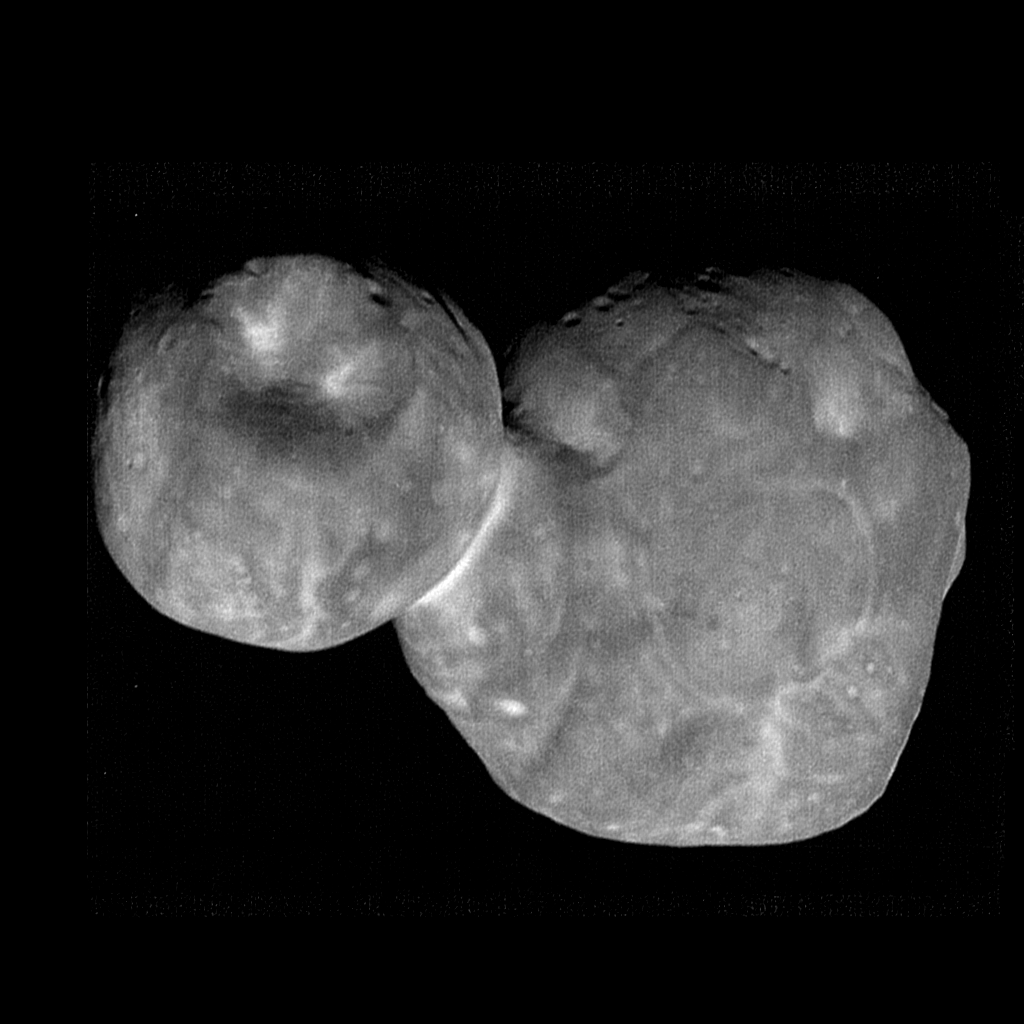
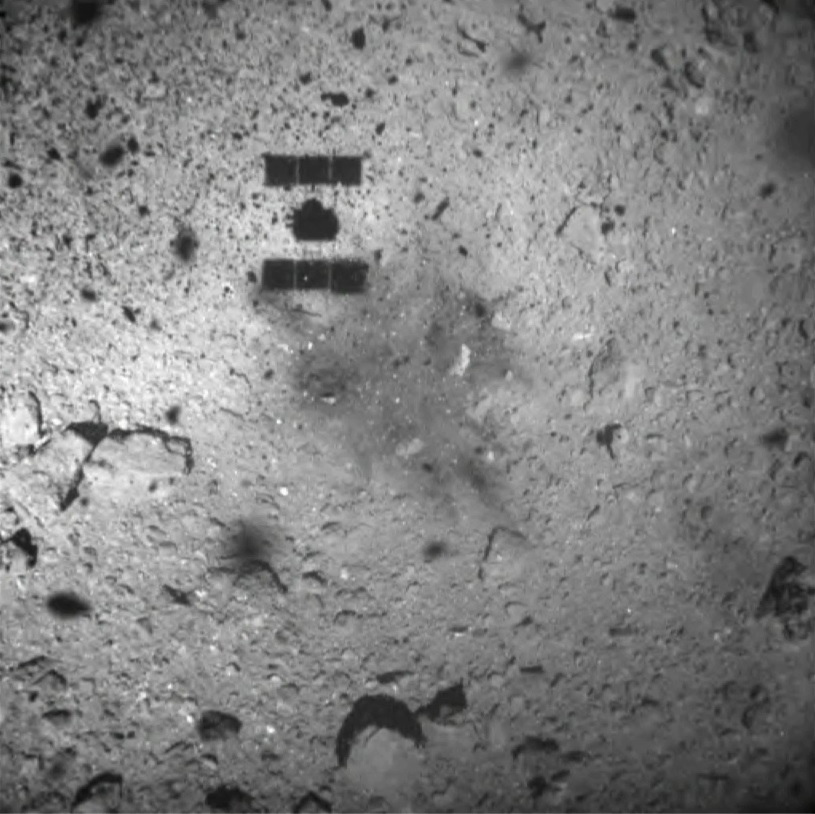
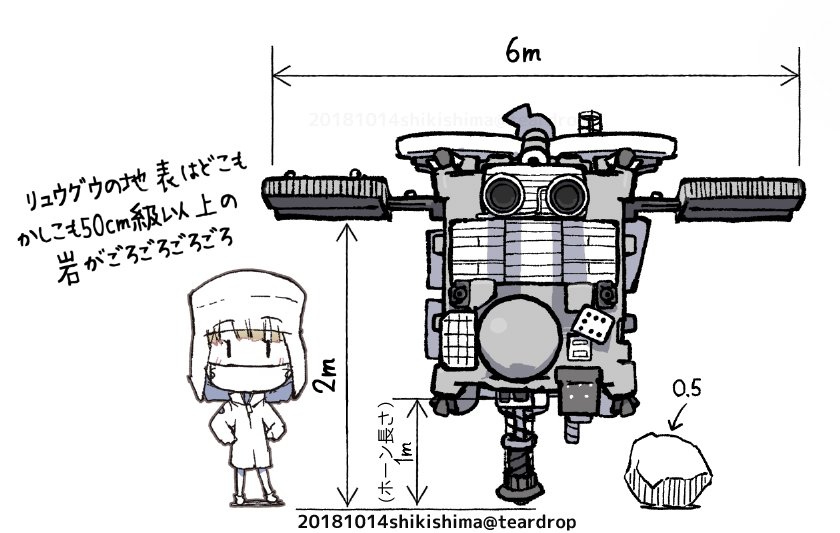
Une mission vers Uranus et Neptune ?
dans Astronomie générale
Posté(e)
A la lecture du dernier budget voté pour la Nasa, il y a un projet en cours :
https://spacepolicyonline.com/news/congress-poised-to-pass-final-fy2019-appropriations/
"...$100 million for nuclear thermal propulsion of which not less than $70 million is for a flight demonstration by 2024..."